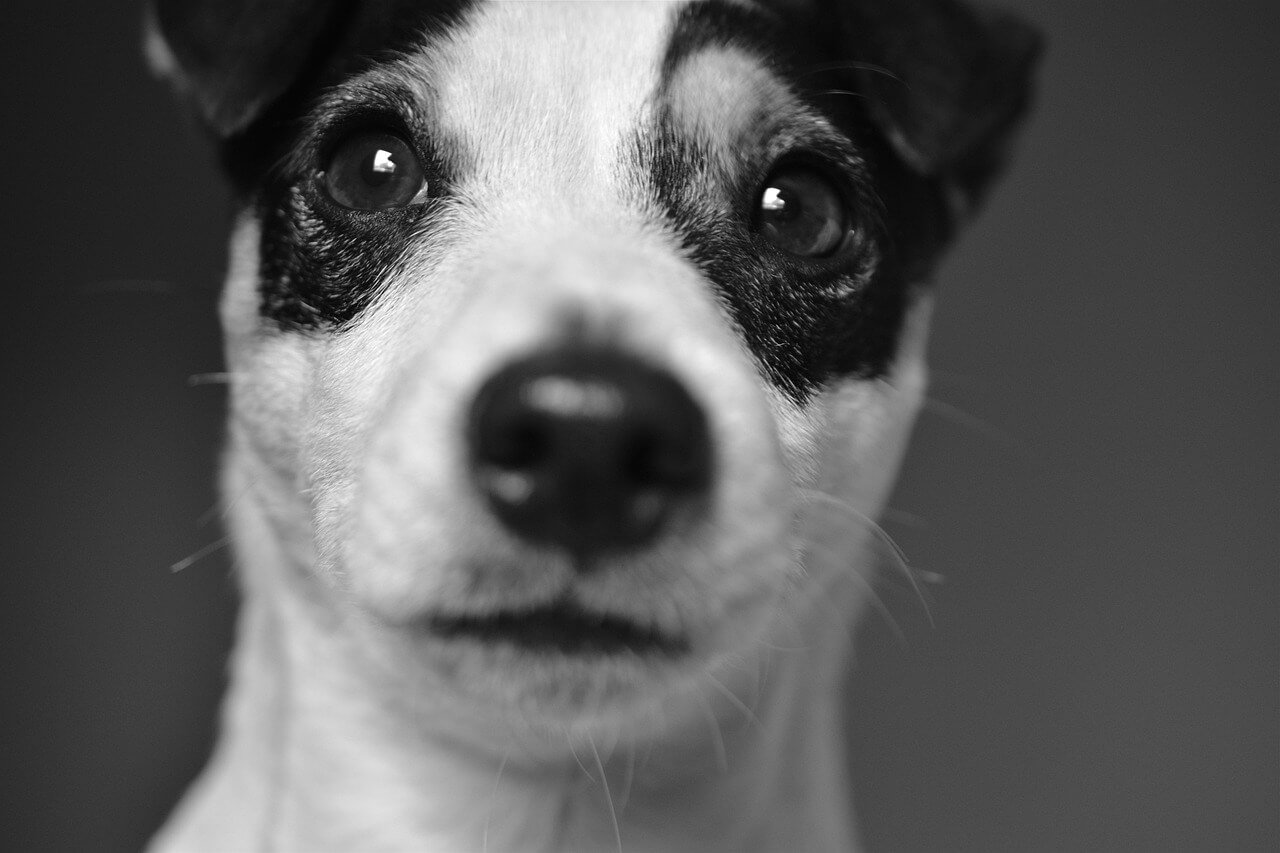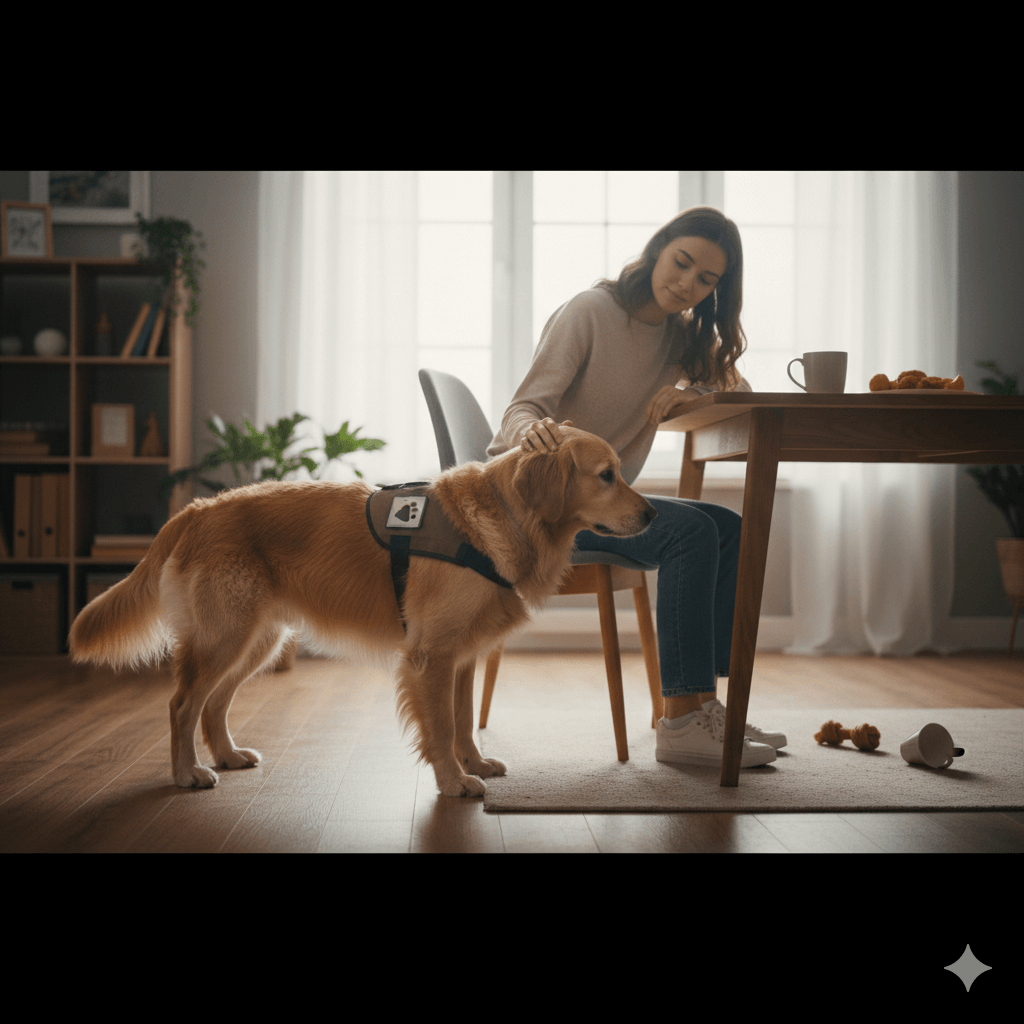Understanding the Fascinating World of Dog Eye Anatomy
Dogs are more than just our loyal companions; they are also fascinating creatures with unique biological structures. Among their most captivating features are their eyes, which not only reflect their emotions but also play a crucial role in how they interact with the world. A dog’s eye anatomy is a complex and intricate system that allows them to see in ways humans cannot.
From their ability to detect motion in low light to their wide field of vision, understanding the anatomy of a dog’s eye can deepen your appreciation for these incredible animals. In this blog post, we will explore the various components of a dog’s eye, shedding light on how they function and why they are so vital to a dog’s daily life.
The Key Components of a Dog’s Eye
Before diving into the specifics, let’s take a moment to understand the primary parts of a dog’s eye. These components work together seamlessly to provide dogs with their unique visual abilities.
Cornea :
The cornea is the transparent outer layer of the eye that helps focus incoming light. It plays a critical role in protecting the inner structures of the eye while allowing light to pass through.Lens :
Located behind the cornea, the lens further focuses light onto the retina. It adjusts its shape to enable dogs to see objects at varying distances clearly.Retina :
The retina is a light-sensitive layer at the back of the eye. It contains photoreceptor cells called rods and cones, which are responsible for detecting light and color.Iris :
The iris is the colored part of the eye that controls the size of the pupil. By adjusting the amount of light entering the eye, it ensures optimal vision in different lighting conditions.Pupil :
The pupil is the black circular opening in the center of the iris. It expands or contracts depending on the light intensity, allowing dogs to adapt quickly to bright or dim environments.
Each of these components plays an essential role in ensuring that a dog’s vision is as sharp and efficient as possible. Together, they form a sophisticated system that allows dogs to navigate their surroundings with ease.
How Dogs See the World: Unique Features of Their Vision
While many aspects of a dog’s eye are similar to those of humans, there are some remarkable differences that set their vision apart. These unique features allow dogs to excel in specific environments and situations.
Wide Field of Vision :
Dogs have a field of vision ranging from 240 to 250 degrees, compared to humans’ 180 degrees. This wider range enables them to spot movement and potential threats more effectively.Night Vision Superiority :
Dogs possess a higher number of rod cells in their retinas, which are highly sensitive to low light. This adaptation gives them superior night vision compared to humans.Limited Color Perception :
Unlike humans, who have three types of cone cells for color detection, dogs only have two. As a result, their color perception is limited primarily to shades of blue and yellow.Motion Detection Skills :
Dogs are exceptionally skilled at detecting motion, even in poor lighting conditions. This ability makes them excellent hunters and guardians.Tapetum Lucidum :
A reflective layer behind the retina called the tapetum lucidum enhances their ability to see in the dark by reflecting light back through the retina.
These unique features highlight the evolutionary adaptations that make a dog’s vision perfectly suited for survival and companionship. Understanding these traits can help us better appreciate how dogs perceive their environment.
Check this guide 👉Understanding Paroxysmal Dyskinesia in Dogs: Best 7 Tips!
Check this guide 👉Understanding Dog Muscle Anatomy: Best 7 Health Tips!
Check this guide 👉Understanding Dog Muscle Spasms: Best 7 Health Tips!

Component | Function |
|---|---|
Cornea | Focuses light and protects the inner eye |
Lens | Adjusts focus for clear vision at varying distances |
Retina | Detects light and processes visual information |
Iris | Controls the amount of light entering the eye |
Tapetum Lucidum | Enhances night vision by reflecting light |
Common Eye Conditions in Dogs
Like any other part of their body, a dog’s eyes are susceptible to various health issues. Being aware of these conditions can help you identify problems early and seek appropriate treatment.
Conjunctivitis :
Also known as pink eye, conjunctivitis causes redness, swelling, and discharge in the eye. It can result from infections, allergies, or irritants.Cataracts :
Cataracts cloud the lens of the eye, leading to impaired vision or blindness. They are often caused by aging, genetics, or diabetes.Glaucoma :
Glaucoma occurs when pressure builds up inside the eye, damaging the optic nerve. If left untreated, it can lead to permanent vision loss.Dry Eye Syndrome :
This condition results from insufficient tear production, causing discomfort and potential damage to the cornea.Progressive Retinal Atrophy (PRA) :
PRA is a genetic disorder that leads to gradual degeneration of the retina, eventually resulting in blindness.
Recognizing the signs of these conditions early can significantly improve your dog’s quality of life. Regular veterinary check-ups are essential for maintaining healthy eyes.
Tips for Maintaining Your Dog’s Eye Health
Taking proactive steps to care for your dog’s eyes can prevent many common issues and ensure their long-term well-being. Here are some practical tips to keep their eyes healthy.
Regular Cleaning :
Gently clean around your dog’s eyes with a damp cloth to remove dirt and debris. Avoid using harsh chemicals near the eye area.Trim Facial Hair :
Long hair around the eyes can irritate or scratch the cornea. Keep it trimmed to reduce the risk of injury.Balanced Diet :
Provide your dog with a nutrient-rich diet that supports overall eye health. Foods rich in omega-3 fatty acids and antioxidants are particularly beneficial.Protect from UV Rays :
Limit prolonged exposure to direct sunlight, especially during peak hours, to protect your dog’s eyes from harmful UV rays.Monitor for Changes :
Watch for signs of redness, swelling, or unusual behavior, such as excessive blinking or pawing at the eyes. These could indicate underlying issues.
By incorporating these practices into your routine, you can help safeguard your dog’s vision and ensure their eyes remain healthy for years to come.
The Role of Tears in Dog Eye Health
Tears play a vital role in maintaining the health and functionality of a dog’s eyes. They not only keep the eyes lubricated but also protect them from infections and injuries. Understanding their functions can help you better care for your dog’s ocular well-being.
Lubrication :
Tears provide a protective layer that prevents the cornea from drying out, ensuring smooth blinking and clear vision.Antibacterial Properties :
Dog tears contain enzymes and antibodies that help fight off bacteria and reduce the risk of eye infections.Flushing Debris :
Tears wash away dust, dirt, and other particles that could irritate or damage the eye’s surface.Nutrient Delivery :
Tears supply essential nutrients and oxygen to the cornea, which lacks its own blood vessels.Emotional Expression :
While less common than in humans, dogs may produce tears as a response to strong emotions or pain, signaling distress.
By understanding the importance of tears, you can recognize when something might be wrong, such as excessive tearing or dryness, and take appropriate action to safeguard your dog’s eye health.
Environmental Factors That Affect Dog Vision
A dog’s vision is influenced by various environmental factors, which can either enhance or impair their ability to see clearly. Awareness of these influences can help you create a safer and more supportive environment for your pet.
Lighting Conditions :
Dogs rely on low-light vision, but extreme brightness or darkness can strain their eyes over time.Air Quality :
Dust, smoke, and allergens in the air can irritate a dog’s eyes, leading to discomfort or infections.Temperature Changes :
Sudden shifts in temperature can cause dryness or watering of the eyes, especially in cold or windy climates.Chemical Exposure :
Household cleaners or perfumes near a dog’s face can irritate their eyes and lead to redness or swelling.Physical Hazards :
Sharp objects, thorny plants, or rough play can pose risks to a dog’s eyes, causing scratches or injuries.
Minimizing exposure to harmful environmental factors ensures your dog’s eyes remain healthy and functional, allowing them to explore the world with confidence.
How Aging Impacts Dog Eye Anatomy
As dogs grow older, their eye anatomy undergoes natural changes that can affect their vision. Recognizing these age-related shifts can help you provide better care and support for your senior companion.
Lens Cloudiness :
With age, the lens may become cloudy, a condition known as nuclear sclerosis, which is different from cataracts but can still impact vision.Decreased Tear Production :
Older dogs may experience reduced tear production, leading to dry eyes and increased susceptibility to irritation.Retinal Degeneration :
Age-related wear and tear on the retina can result in gradual vision loss or difficulty seeing in low light.Weakened Muscles :
The muscles controlling the iris may weaken, making it harder for older dogs to adjust to changing light conditions.Increased Risk of Diseases :
Senior dogs are more prone to developing conditions like glaucoma, cataracts, or retinal atrophy due to the natural aging process.
By staying vigilant about these changes, you can ensure your aging dog receives the necessary care and attention to maintain their quality of life despite declining vision.
Frequently Asked Questions About Dog Eye Anatomy
How does a dog’s vision compare to human vision?
Dogs have better night vision and motion detection but limited color perception compared to humans.
Why do dogs’ eyes glow in the dark?
The glow is caused by the tapetum lucidum, a reflective layer behind the retina that enhances night vision.
Can dogs see colors?
Yes, but their color perception is limited to shades of blue and yellow due to having fewer cone cells than humans.
What should I do if my dog has red eyes?
Consult a veterinarian immediately, as red eyes could indicate an infection, injury, or other serious condition.
Are certain breeds more prone to eye problems?
Yes, flat-faced breeds like pugs and bulldogs are more susceptible to eye issues due to their facial structure.
The Marvel of Dog Eye Anatomy
In conclusion, a dog’s eye anatomy is a marvel of nature, perfectly adapted to meet their needs as both predators and companions. From the intricate interplay of its components to its unique visual capabilities, every aspect of a dog’s eye serves a purpose. By understanding how their eyes work and taking steps to care for them, we can ensure our furry friends enjoy a lifetime of clear vision and comfort.
Whether you’re gazing into your dog’s soulful eyes or marveling at their ability to spot movement in the dark, there’s no denying that their eyes are one of their most extraordinary features. So next time you look into your dog’s eyes, take a moment to appreciate the complexity and beauty of their design.
Understanding Bone Supplement for Cats: Best 7 Expert Tips! – Safe, vet-approved guidance for strong feline bones & balanced nutrition.
Bone Supplement for Dogs: Best 7 Expert Tips! – Expert guide to calcium, collagen & bone health for every life stage.
Understanding Can Cats Get Sunburn: Best 7 Expert Tips! – Protect your feline from UV damage with vet-backed prevention strategies.
How to Train a Seizure Alert Dog: Best 7 Expert Tips! – Learn expert-backed steps to nurture natural instincts into reliable, life-saving seizure alerts.





